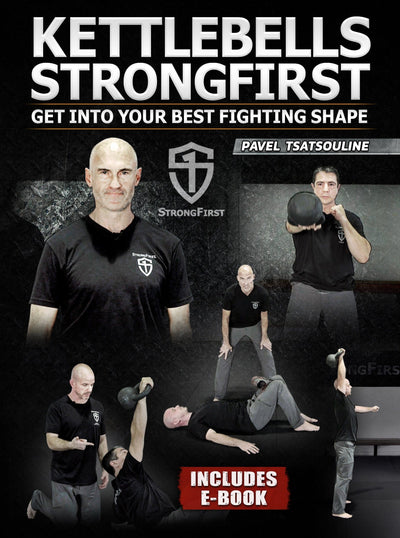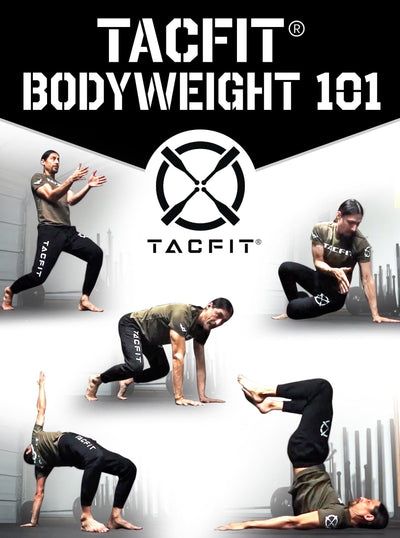Overhead Squat with Kettlebells
The overhead squat, a dynamic and challenging exercise, demands exceptional mobility, stability, and strength. Incorporating kettlebells into this exercise adds a new layer of complexity, enhancing body coordination, balance, and muscle engagement. In this blog post, we will explore the intricacies of the overhead squat with kettlebells, including its benefits, proper technique, common errors, and tips for achieving mastery.
What this article covers:
- Benefits of the Overhead Squat with Kettlebells
- Proper Technique
- Common Mistakes to Avoid
- Tips for Mastery
- Sumo Squats with Kettlebell
- Kettlebell Goblet Squat
- Kettlebell Front Squat
- Kettlebell Swing Squat
- Kettlebell Split Squat
Benefits of the Overhead Squat with Kettlebells
The overhead squat with kettlebells offers a multitude of advantages that extend beyond conventional squats or overhead presses. By engaging various muscle groups simultaneously, such as the core, shoulders, legs, and back, the offset weight distribution of kettlebells intensifies muscle activation. The requirement to balance a kettlebell overhead enhances proprioception, contributing to improved overall balance and stability. This exercise's demand for a broad range of motion in the hips, shoulders, and ankles can lead to enhanced mobility and flexibility over time. The steady engagement of the core while holding the kettlebell overhead fosters core strength development. Beyond the gym, this exercise emulates real-life movements, promoting better mechanics and lower injury risks in daily activities.
Proper Technique
The starting position involves holding a kettlebell in each hand close to your chest, with feet shoulder-width apart or slightly wider and toes slightly turned out. Press the kettlebells overhead, fully extending your arms while maintaining a straight, neutral spine and engaged core. Initiate the squat by pushing your hips back and bending your knees. As you descend, keep your chest up, ensuring the kettlebells are aligned over your heels. Descend until your hips are slightly below your knees while preserving your spine's natural curve. Maintain proper knee alignment by pushing them outward in line with your toes. To rise, push through your heels, returning to the starting position while sustaining the overhead kettlebell position.
Common Mistakes to Avoid
Forward leaning strains the lower back and destabilizes the squat. Maintain an upright position by keeping your chest up and core engaged. Prevent knee collapse by focusing on driving your knees out in line with your toes. Avoid attempting deep overhead squats without sufficient mobility, which could compromise your form. Engage your core to prevent excessive arching in the lower back.
Tips for Mastery
Commence with lighter kettlebells to ensure proper form and gradually increase weight as you become more comfortable. Prioritize mobility exercises in your warm-up routine to enhance flexibility in the hips, shoulders, and ankles. Strengthen your core through exercises like planks, Russian twists, and leg raises to enhance stability. Utilize mirrors or video recordings to identify and correct form discrepancies. For those new to the exercise, consider seeking guidance from a certified trainer to perfect your technique and form.
Sumo Squats with Kettlebell
Sumo squats with kettlebells are a powerful exercise that targets the inner thighs, glutes, and quads. To perform this variation, stand with your feet wider than shoulder-width apart, toes pointing slightly outward. Hold a kettlebell with both hands between your legs. Descend into a squat, keeping your chest up and your back straight, while allowing the kettlebell to hang naturally. Rise by pushing through your heels and returning to the starting position. Maintain proper knee alignment throughout the movement to prevent strain.
Kettlebell Goblet Squat
The kettlebell goblet squat is an excellent full-body exercise that emphasizes core engagement. Hold a kettlebell close to your chest with both hands, keeping your elbows pointed downward. As you squat down, ensure your elbows gently press against your knees, opening up your hips. Maintain an upright posture and a neutral spine throughout the movement. Rise by pushing through your heels and fully extending your hips.
Kettlebell Front Squat
The kettlebell front squat places a higher demand on the core and upper body. Hold the kettlebell by the horns (the sides of the handle) at shoulder height. Cross your arms to secure the kettlebell in place. Descend into a squat, ensuring your elbows remain lifted and your chest is up. Keep the kettlebell close to your body and engage your core to maintain balance. Rise by straightening your legs and returning to the starting position.
Kettlebell Swing Squat
The kettlebell swing squat is a dynamic exercise that combines the benefits of the squat with the explosive power of the kettlebell swing. Begin by performing a kettlebell swing, then, as the kettlebell reaches its peak height, transition smoothly into a squat. As the kettlebell descends, your hips should move back and your knees slightly bend. Simultaneously, keep your chest up and maintain a strong core. Rise from the squat position as the kettlebell swings back up.
Kettlebell Split Squat
The kettlebell split squat is a unilateral exercise that improves balance and targets each leg individually. Hold a kettlebell in each hand at your sides. Take a step back into a lunge position, with your front knee aligned over your ankle and your back knee hovering just above the ground. Descend into a split squat, ensuring both knees create 90-degree angles. Push through your front heel to rise back up. Repeat on both legs.
The overhead squat with kettlebells, though demanding, offers a fulfilling exercise experience with numerous benefits for strength, mobility, and coordination. By adhering to proper technique, steering clear of common mistakes, and practicing consistently, you can master this movement over time and unlock your body's full potential. Patience is key, so relish the journey of enhancing your functional strength and fitness levels.
Did you find the blog helpful? If so, consider checking out other guides:
- Double Kettlebell Squat
- Pistol Squat on Kettlebell
- Kettlebell Squat Clean
- Kettlebell Squats Muscles Worked
- Kettlebell Bulgarian Split Squat
- Kettlebell Squats
- Kettlebell Strict Press
- Military Press Kettlebell
- Upside Down Kettlebell Press
- Seated Kettlebell Press
- Standing Kettlebell Press
- Double Kettlebell Press
- Kettlebell Side Press
- Landmine Kettlebell Press
- Kettlebell Press





